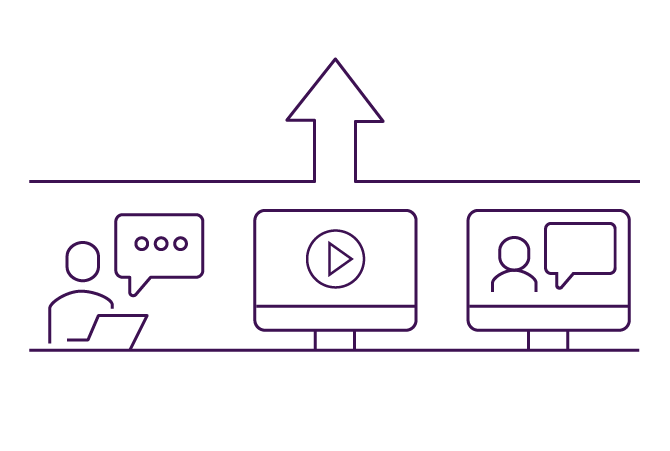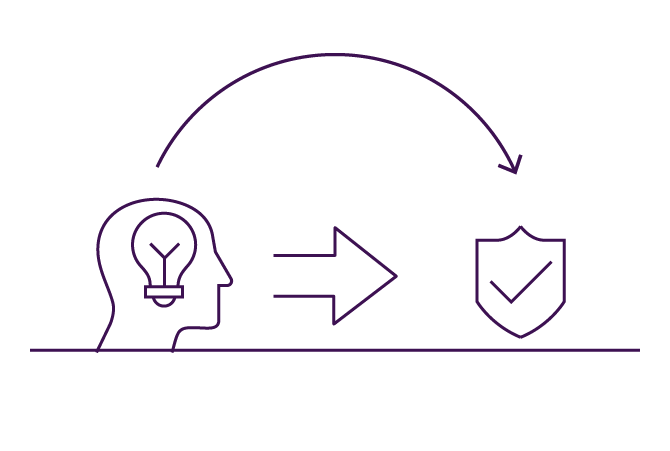Global challenges have created an uncertain and changing environment for workplaces. The focus for organisations is back once again on growth, cost reduction and productivity. With the shelf life of skill expected to continually decline, retaining the right people with the right skills is a top priority for all.
This survey report, aimed at learning professionals, and HR leaders and people professionals with a learning remit, looks at how learning practitioners are contributing to continually changing workplace demands. It explores the sentiment and perceptions of the L&D community: current priorities, challenges, how practitioners feel about their careers and professional development, and highlights potential changes in practice that will help them add value and thrive through disruption.













